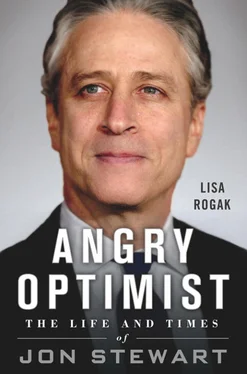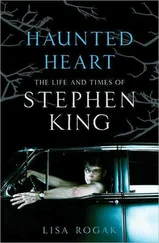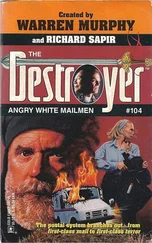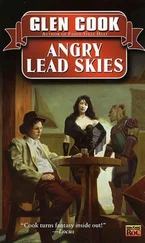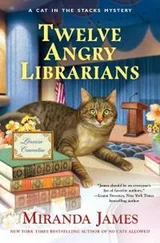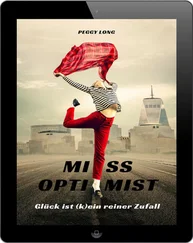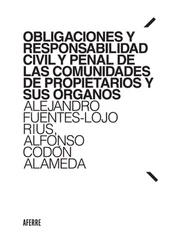When Kilborn left, two other Daily Show regulars decided to exit as well: correspondents Brian Unger and A. Whitney Brown. Since Stewart’s style was more of a mensch than the nasty guy that Kilborn played, Stewart believed that his more-optimistic outlook would have a top-down effect, spreading to the writers. But at the same time, he didn’t want to rule anything out. “Hopefully the only things off-limits are crummy jokes, but being a stand-up comedian, I know that’s not always the case,” he said. “You know it when you have to take a shower afterward.”
* * *
Despite industry speculation that he took the Daily Show job so that he could continue to do the occasional Hollywood movie, that was not his motivation. For one, the contract expressly specified that he couldn’t take on a non– Daily Show gig for the first year, but it was clear—between the long days of sitting around on a set to the fact that he didn’t really like acting—he just wasn’t cut out for making movies.
It was rumored that Kilborn wanted to take a few of the Show ’s segments with him to The Late Late Show , including the “5 Questions” bit, where the host asked his five rapid-fire questions. However, because Kilborn had broken his contract with Comedy Central, the legal team was much less inclined to negotiate with him. And so “Headlines,” “Back in Black,” featuring longtime contributor Lewis Black, and “A Moment of Zen” all stayed with the show.
To Stewart, it didn’t much matter. He wanted to develop his own segments.
“You wouldn’t want to take over for Letterman and start doing ‘Top Ten’ lists either,” he said. “My feeling is basically the show’s identity is going to have to evolve once I get in there. I’d love to have a little bit of diversity. Not just celebrities, but newsmakers.”
“The structure of the show is very sound, so it’s really a question of finding different flourishes,” he added. “For the first few months, I’m sure I’ll be stumbling around like when you first work in a restaurant. I’ll be looking for where the ketchup is.”
WHEN JON STEWART debuted as the new host of The Daily Show on January 11, 1999, the critics were pleased.
“Happily, it was no trial to watch,” wrote one reviewer. “A welcome return.”
“Comedy Central did not lose in this game of late-night musical chairs,” said another. “Stewart is more likable and less self-satisfied than Kilborn, and the show’s satire is smart enough to have real sting. Now if only Daily could expand to an hour and allow Stewart’s celebrity interviews to run longer than four breathless minutes.”
“Stewart can barely keep a straight face delivering the nasty punch lines, and the disparity between his mildly neurotic persona and the show’s gleefully raunchy tone seems to add to all the irony,” wrote another. “I often still hate myself for laughing, but with Stewart, I forgive myself more easily.”
Once the opening credits ran, Stewart took a deep breath and looked into the camera before announcing, “Welcome to The Daily Show . Craig Kilborn is on assignment in Kuala Lumpur, I’m Jon Stewart.”
He then launched into a rapid-fire mix of the old routines while giving hints of his new approach and desperately trying not to alienate loyal viewers of the Kilborn version, which more often than not, tended toward frat-boy-style humor and pranks.
He interviewed actor Michael J. Fox while wearing a suit—a definite step up from the jeans and sweatshirt ensemble that had served as his nightly wardrobe on his previous talk shows—and admitted that he was more than a little nervous. “Honestly, I feel like this is my bar mitzvah,” he said to Fox. “I’ve never worn something like this, and I have a rash like you wouldn’t believe.”
After the interview, correspondent Stephen Colbert weighed in with a report on the impeachment trial of President Bill Clinton and fellow correspondent Beth Littleford interviewed four of the original munchkins from the Wizard of Oz. In all, Stewart’s first appearance set the tone for how the show would proceed in the future, as well as how it would be radically different from the program during the Kilborn era.
But the timing put him right in the crosshairs; not only were people watching to see how Kilborn’s successor would excel—or flunk out—but also there was an enormous amount of material he had to work with, much like the political cartoonists who love it when things in Washington go awry.
While cast and crew maintained that the change in tone and content would be gradual, the truth was that with such a huge change and attitude at the top, it took only days for the audience to notice. For one, since Stewart was clearly more interested in politics than Kilborn, the show started running more political stories the very first week.
While correspondent Stephen Colbert had long considered himself to be apolitical, he experienced a radical shift once Stewart took over. “[The show] switched from local news, summer kicker stories, and celebrity jokes, to more of a political point of view,” he said. “Since Jon has a political point of view, he wanted us to have one, too. I’ve always been a news junkie but I never wrote political satire before The Daily Show, ” said Colbert. “I didn’t enjoy political humor until I started working on it with Jon, and then I found that I had a stronger one than I had imagined.”
Conversely, over time, Stewart would find that working day in and day out on the show actually made him less political. “The more time you spend with the political and the media process, the less political you become and the more viscerally upset you become at the inherent corruption,” he disclosed.
Yet Stewart didn’t hit people over the head with the political content, instead suggesting to producers and writers that they try to shape correspondents’ stories so that they had more of a connection to the news; after all, from the start, The Daily Show was billed as a news show, albeit a fake one. One of the complaints that correspondents had when Kilborn served as host was that the dichotomy between the news stories and correspondent reports was pretty radical.
Stewart wholeheartedly agreed. “Twenty-four-hour news networks [are] where a lot of the satire lies. News holds itself to a higher plane… There’s a real hypocrisy about what these people have become. To see Barbara Walters criticizing a celebrity story when that’s what they’ve become… now it’s all confrontational.”
“I have a lot of hostility [toward] the news media,” he added. “I have more trouble with the commentary on Clinton’s affair than Clinton’s affair. The self-righteousness is embarrassing.
“The news now is like a children’s soccer game. Whatever the main focus of the day is where they go; it’s not about territory and positioning. When one kid has the ball, everyone runs over there. And then he kicks it and everyone goes over there.”
Stewart was also starting to lose patience more often with the media than with politicians. “I’m less upset about politicians than the media. I feel like politicians, there is a certain, inherent—you know, the way I always explain it is, when you go to the zoo and a monkey throws its feces, it’s a monkey. But when the zookeeper is standing right there, and he doesn’t say bad monkey.
“Somebody’s got to be the zookeeper,” he continued.
Stewart was also not a big fan of the network newsmagazine shows like Dateline and 20/20 . “You watch those shows and you’d think we were falling apart: ‘You won’t believe what’s in that cheeseburger!’ ‘Did you know that your airbag could decapitate you?’”
Читать дальше
